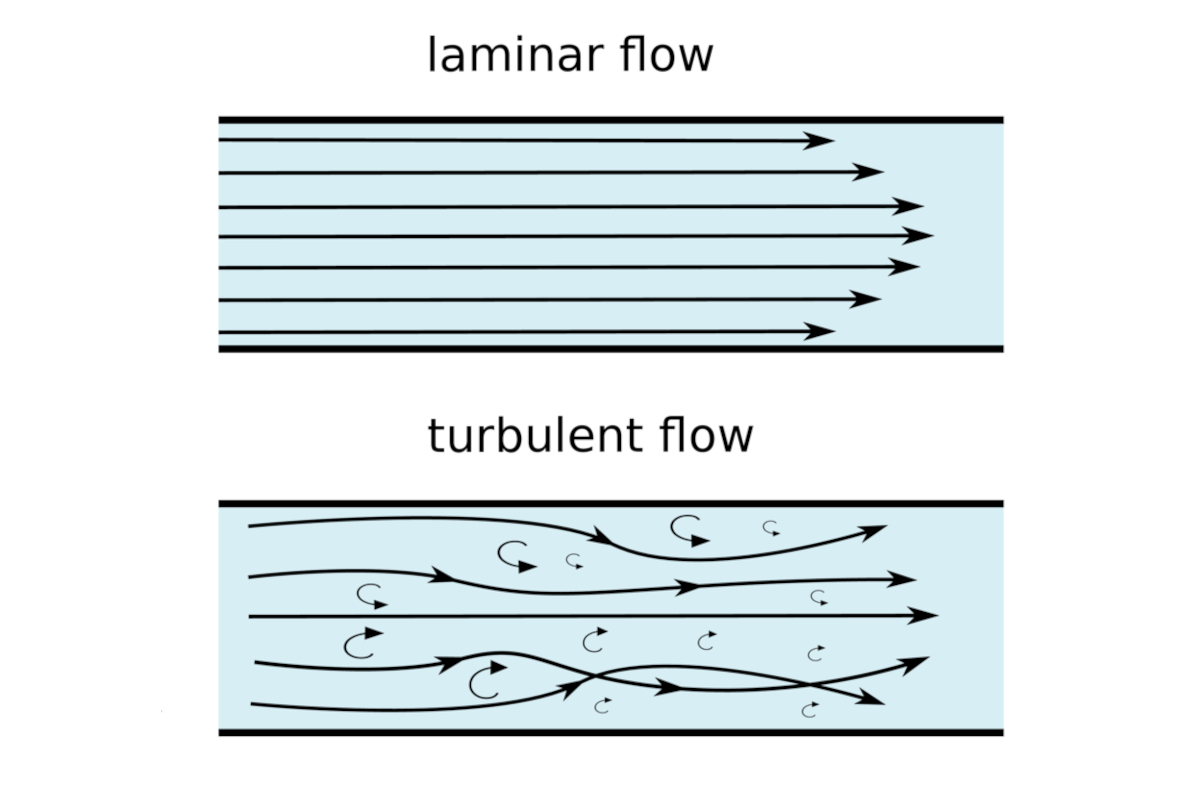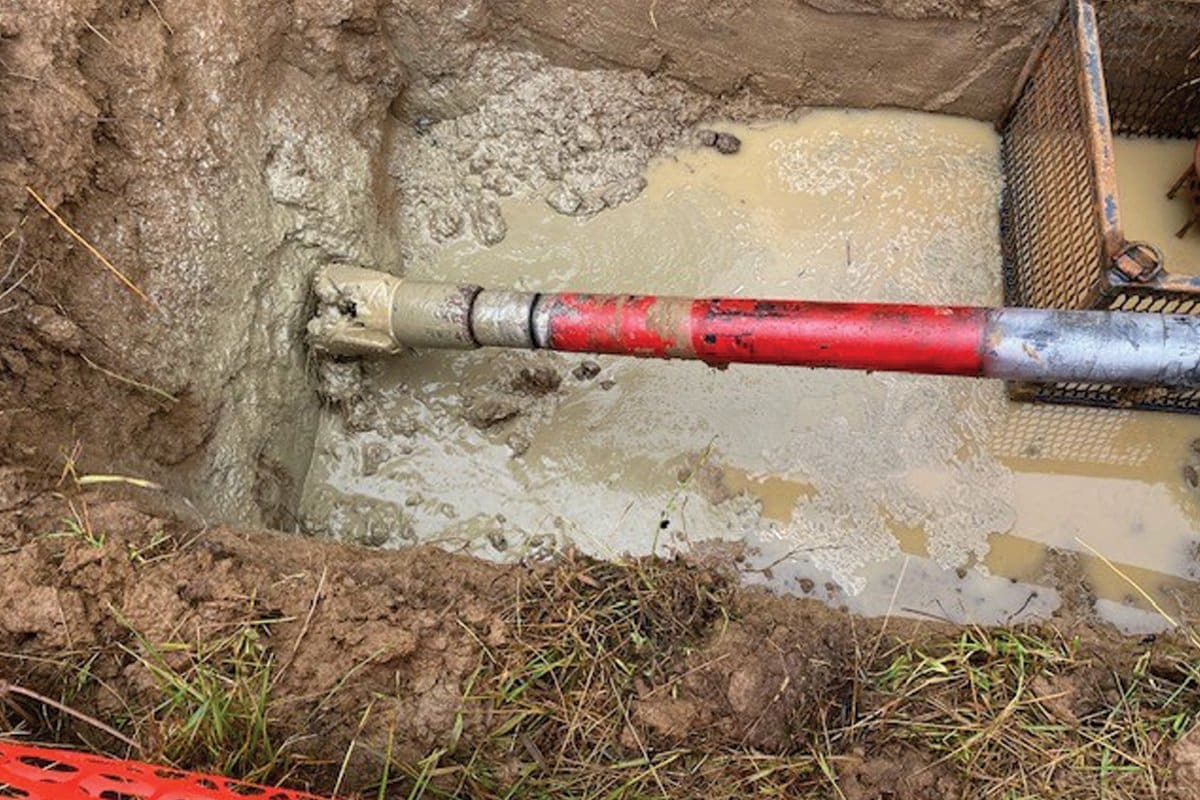HDD Tooling: Is Renting an Option for You?
August 30, 2011
 One goal of every contractor is to save time and money when and where they can. In an industry that has seen a decrease in the bid price, as well as the bottom dollar, tooling rental may be the fastest way back to larger profit margins for the contractor.
One goal of every contractor is to save time and money when and where they can. In an industry that has seen a decrease in the bid price, as well as the bottom dollar, tooling rental may be the fastest way back to larger profit margins for the contractor.Rental Considerations
Renting equipment is nothing new. Contractors rent everything from large equipment such as track trenchers, down to small items such as trash pumps. Tooling should be no different. From large hole openers to cross-over adapters, tooling rental can be a great advantage in today’s directional drilling market.
What factors should be addressed when considering rental tooling as opposed to making a purchase? First, we can look at the costs involved. If a company doesn’t bore with a 24-in. mill tooth hole opener on a daily basis, why tie up operating capital with a purchase? Another cost consideration is that of maintenance.
Every driller knows that tooling lasts forever — now that would be a cost saver. However, tooling wears out. We have seen piles of worn out tooling stacked in the corners of equipment yards. A lack of time, knowledge or funds is generally among the reasons for these tooling graveyards. So now, companies are left with tooling they have purchased, but can no longer use. This is not a cost-effective way to manage tooling. Larger companies that can afford to employ the staff to maintain and repair tooling can usually avoid this scenario.
Small- to mid-size operations, however, don’t seem to have that luxury, hence the need for tooling rental.
Now, let’s look at the costs involved in rental. Most companies will require at least a portion of the expected rental time to be paid for in advance. So, there can be some upfront costs involved. This amount, however, is still significantly less than the full purchase price. In some cases, rental can save up to 50 percent over the purchase price of new tooling. Rental companies will also sometimes include wear or repair charges. Unless you inflict more than “normal wear and tear” on the tooling, the repair costs can be little to none. Depending on the type of tooling rented, you may only be charged for the time the tooling was actually in the ground, with a standby charge for days when the tool was not in use.
It is always good practice to fully understand the terms of the rental contract. Tooling may be rented by the day, week or month. Many companies will have a policy that requires the renter to purchase the tool if it isn’t returned within a designated time frame or becomes lost during a bore. Keep in mind it is important to know what you are responsible for before the finalized agreement is signed.
Rental Scenarios
With the option to rent, you can count on having the right tool for the job when you need it. Companies with more than one rig will without a doubt need more than one of any given piece of tooling. Instead of having to jockey the 12-in reamer back and forth between jobsites or trying to figure out where the other crew left a cross-over sub, you could save time and frustration by employing a rental. How often have you seen a crewmember have to go back to the yard to load a different tool, only to discover that repairs are needed, before it could complete the bore?
We all know that what lies beneath the surface isn’t always consistent from the entry point to the exit pit. Starting the bore in clay for the first 10 rods and then hitting a rock shelf for the next half dozen are two areas that require totally different tooling. Instead of trying to force your way through or welding on a handful of teeth here and there, why not rent? Being able to rent a tool to get past the rock, can save time, unexpected costs and sometimes a company reputation.
What about when you are not sure what type of tooling to use? According to Jim Watland with Dakota Utility Contractors Inc. based in Ennis, Texas, one of his crews was in need of a tool to complete a sticky clay bore and wasn’t sure what style it should use. The crew opted to rent two different wing reamers. With less than $600 in total rent, as opposed to having to purchase both tools, they were able to determine which wing reamer worked best. With this information in its hands, Dakota Utility Contractor made the decision to purchase the tool for future use. This example shows how rental can also effectively influence the type of tooling you do purchase.
Kenny Ketchum with Redline Directional Drilling LLC operating out of Oklahoma City, Okla., said, “Knowing what type of tooling works best for the conditions you are going to encounter during a bore can be a great advantage. Having the option to invest a small amount to gain that knowledge is priceless to us.”
Directional drilling has enough built-in headaches, having to worry about tooling shouldn’t be one of them. Renting HDD tooling is an easy to implement, cost effective option available for today’s drilling adventure. Whether rental is considered on each job you bid, as an emergency backup, or just to experiment with different types of tooling, the resource is invaluable.
Jason Moore is director of sales and service with SPYDER Directional Tooling, Fort Worth, Texas.




